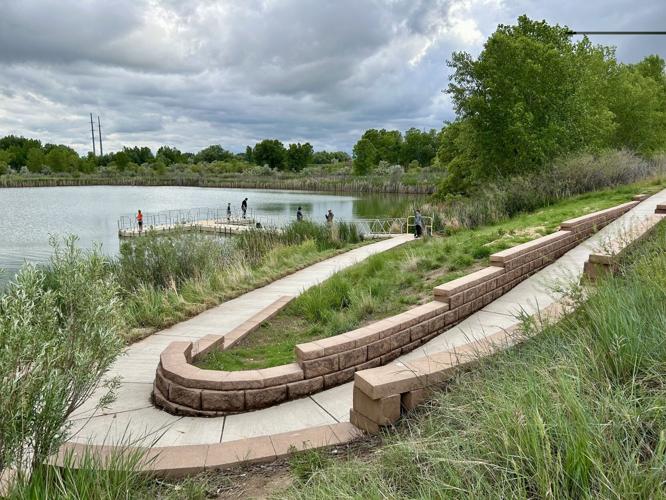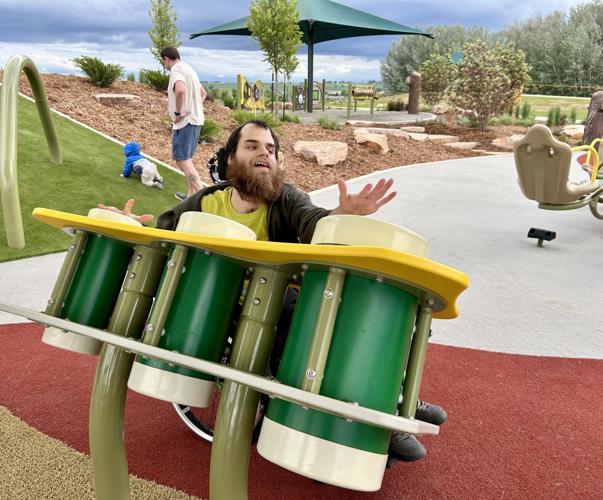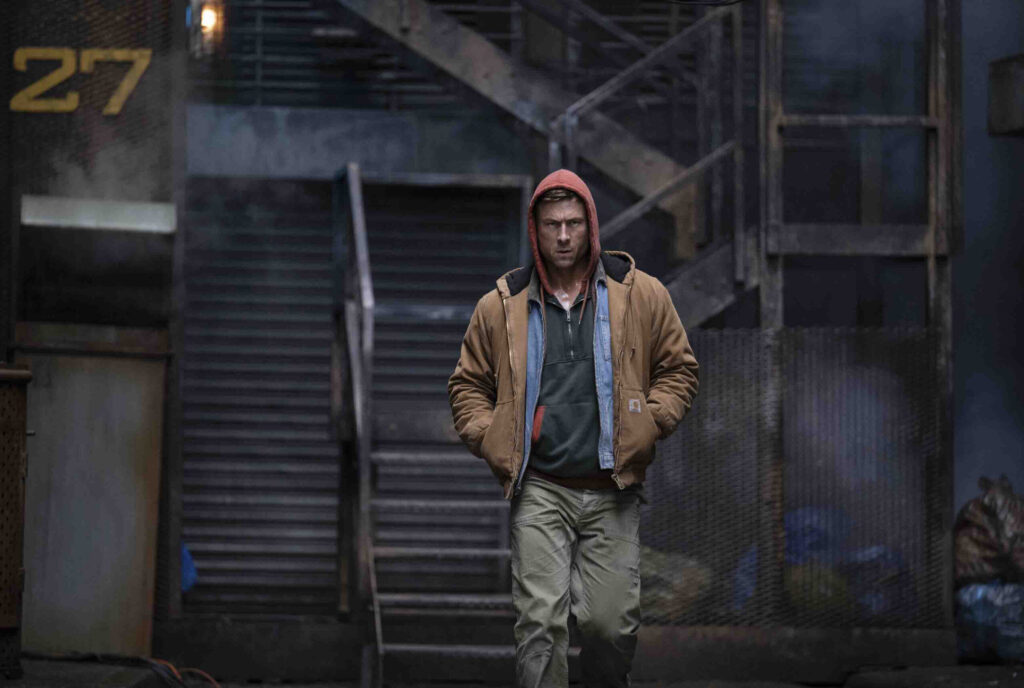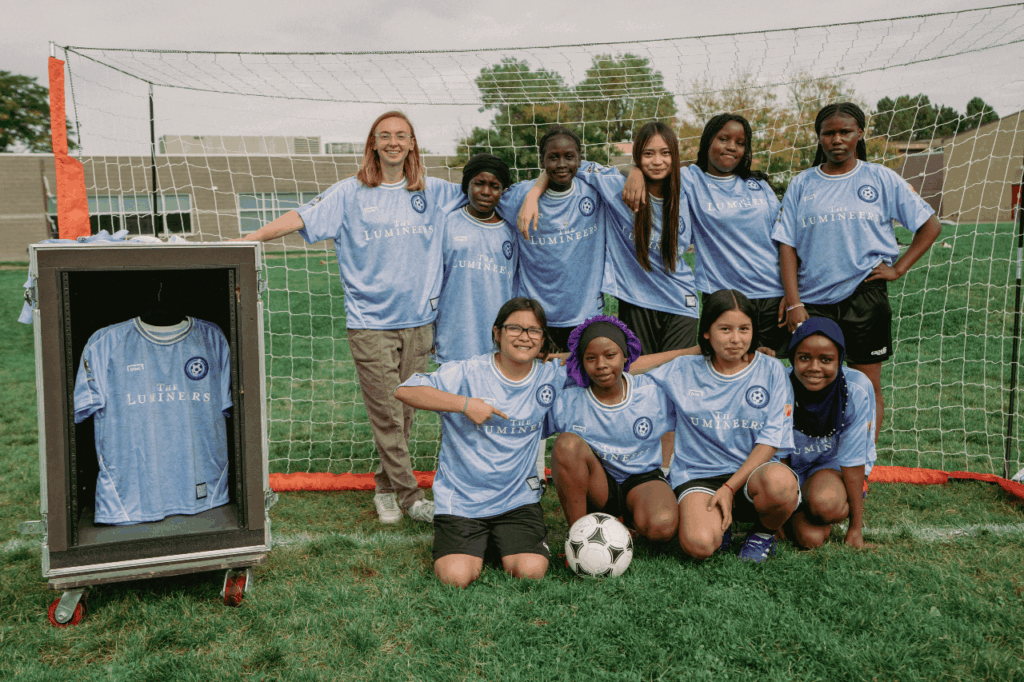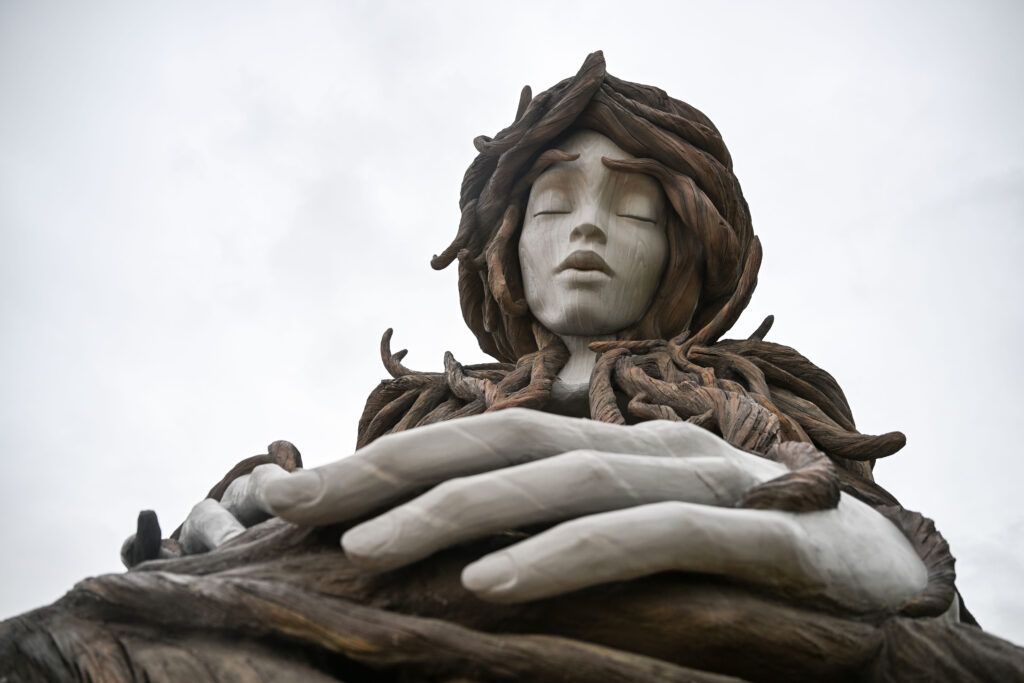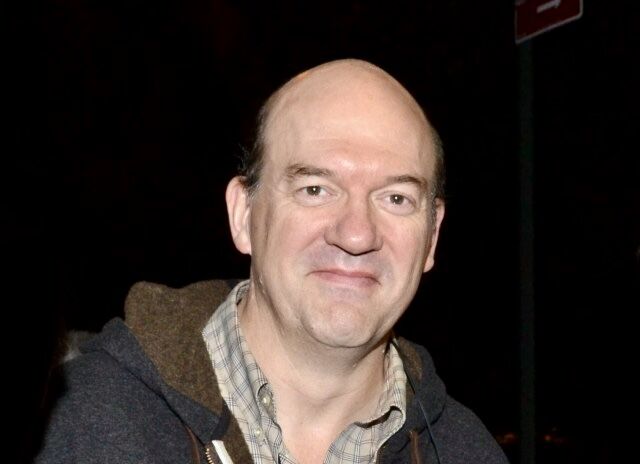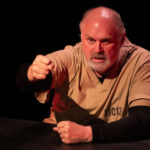Groundbreaking Loveland park ‘levels the playing field’ for the disabled
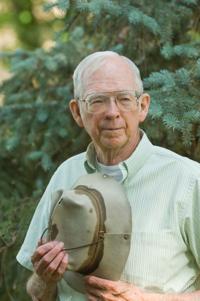
LOVELAND – Logan Sweezy, a 26-year-old man with cerebral palsy, dragged a mallet along a metallophone at the newly opened Willow Bend Park and Natural Area, a wide grin stretched across his face as the musical notes reverberated through the air.
Despite the hovering storm clouds, Logan’s whole demeanor lit up as he played the percussion instrument from his wheelchair Thursday at Loveland’s first universal access playground. Next, he headed over to the drums, enthusiastically banging them with his hands as his family watched nearby.
“I think they’ve done an excellent job of incorporating a variety of playground equipment that allows even people in wheelchairs to spin and move and enjoy all of the things you would find on a normal playground,” said Mike, Logan’s father.
“When you have a kid with special needs, it becomes more difficult if you have a regular playground,” he added. “For children who have sensory or mobility issues, it is really nice to have another option where they can come with their families who may or may not have the same type of issues.”
Loveland city officials and residents celebrated the grand opening of the Willow Bend Park and Natural Area, an open space located along East 1st Street dedicated to serving individuals with disabilities and their loved ones, with a ribbon-cutting ceremony earlier Thursday. Several stakeholders of the project and park visitors attended the grand opening in show of support of Willow Bend.
Andrea Samson, a city council member and council liaison for the Disability Advisory and Parks and Recreation Commissions, participated in the park’s opening with her daughters, Jacqueline and Penelope, in tow.
“What this does is, this levels the playing field,” Samson said, as Jacqueline sat in her wheelchair in front of her. “This makes play safe, inclusive, and fun for everybody…. Jacqueline gets to play with kids now that normally she would have to watch from the sideline. She gets to be immersed in play, and that is life changing.”
In one of the corners of the park, Brian Dowling’s son, Ollie, who was diagnosed with autism, was playing in a calmer, quieter spot, further away from the buzzing activity and high energy of the other children.
“It’s such a groundbreaking park for northern Colorado. And there’s not really too many parks around like this,” said Dowling, who served as chair of the Parks & Recreation Commission, a citizen-led group that collaborated with city officials to develop the park. “It’s just a wonderful place for anyone to come and to feel welcomed and to have a great time, including my son. If he does get overwhelmed, he can come over to our low-sensory area and hang out and just relax a little bit.”
The Willow Bend Park, spanning 12 acres, features a sport court, play field, picnic pavilion, and restroom facilities, equipped with baby and adult changing stations, that are open year round. The universal access playground, the heart of the park, goes above and beyond standard ADA (Americans with Disabilities Act) compliance, according to Bryan Harding, planning manager of the Parks & Recreation Department for the City of Loveland.
Harding reeled off a long laundry list of the universal access playground’s attributes, including auditory, tactile, and Braille features; a low sensory area; wider concrete slides; plants for park patrons to smell and touch; a synthetic turf surface that makes it easier to navigate with wheelchairs; additional ground padding to soften falls; swings and a zoom track for people with various mobility abilities to enjoy; a sunken-down playground area and elevated seat walls; and a play tower with different levels and an ADA-compliant walkway.
“I think accessibility in the past has been accommodating mostly for physical disabilities,” Harding said. “But what a lot of that misses are visual impairments or auditory challenges, emotional challenges, cognitive challenges. Oftentimes, the physical disabilities’ aspect of that and accommodating physical disabilities completely miss the mark on all other challenges that folks may be dealing with.”
The Willow Bend Park and Natural Area has been in the making for over a decade. It dates back to a 2013 Parks and Recreation master plan that identified Loveland’s southeast area as deficient in park land, and the city as a whole lacking facilities catering to the needs of individuals with disabilities, per Harding. That led to the vision of Willow Bend. In 2016, the city of Loveland acquired the land for the park. About four years later, the planning process for the park and natural area began.
Behind the park lies a long winding ramp leading to an expansive natural area, consisting of over 150-acres of conserved habitat, an environmental education amphitheater, walking trails and an accessible fishing dock. A new paved recreation trail, stretching 1.7 miles, connects Willow Bend to downtown Loveland.
“What makes this park unique is that it’s a connector,” said Marilyn Hilgenberg, open lands and trails manager for the City of Loveland. “It’s a community connector. It allows people a place to get outdoors, regardless of your abilities, your economic situation, whether you’re young or old. There’s something here for everyone. And the whole premise for us is to get people outdoors and enjoy nature.”
The combination of the natural area with the universal access playground also makes Willow Bend Loveland’s first hybrid recreational area.
The ultimate goal of the city for Willow Bend is to connect the trail system from downtown Loveland all the way out to Interstate 25 in the next two years.






